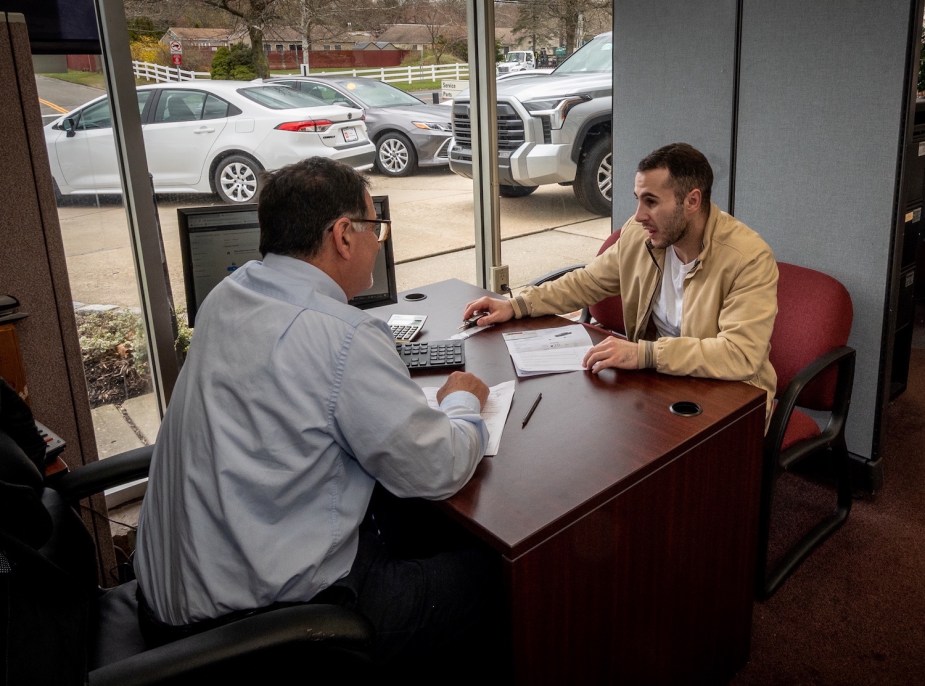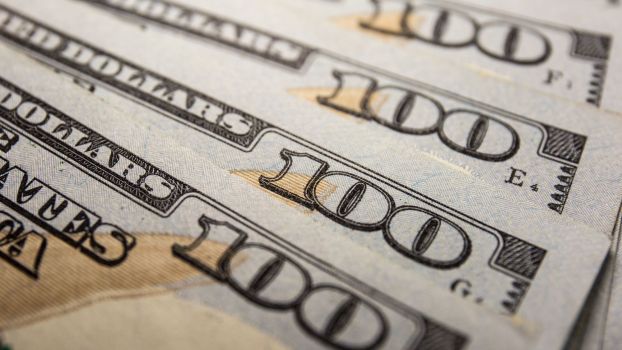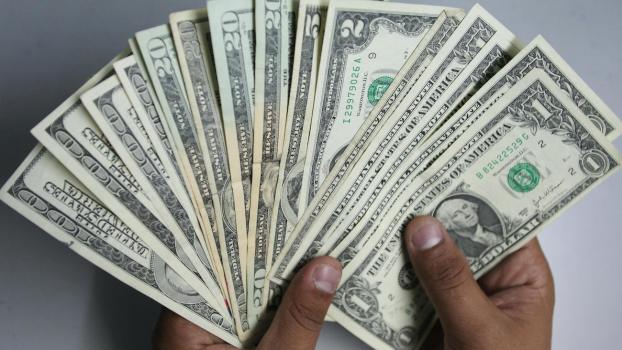
Important Tips For Financing a Used Car
The used car market is slowing down, which means that you may be able to get a good deal on a used car this year. However, buying a used car can require getting an auto loan if you’re not financially prepared to buy a car outright. As such, Consumer Reports put together some tips on financing a used car purchase to help you navigate the process should you find yourself in the market.
Get pre-approved at your personal bank or credit union

When financing a used car purchase, the first thing you’ll want to do is get pre-approved for an auto loan. You can do this either through the bank you normally use (Capital One, Chase, Wells Fargo, etc.) or through a credit union. Additionally, online retailers like Carvana or Carmax offer online pre-qualification. It’s important to get pre-qualified so that you can compare the interest rates and loan terms you may qualify for.
Keep in mind that a pre-approval is not an official loan approval, so your actual rate and terms may vary. However, obtaining a pre-approval from different lenders is helpful because you’ll know where your current credit situation stands, how much of a car you can afford, and what your interest rate could be.
Consumer Reports notes that a pre-approval “is essential if you’re financing a used car bought from a private seller.” Check out these five essential tips for buying a car from a private seller.
Avoid long-term loans, if possible
After you get pre-approved for a car loan, you’ll be met with several options. For example, a lender may give you the option of financing a certain amount for 36 months at a 5.44% interest rate or financing the same amount for 60 months at 5.74% and a lower monthly payment.
Although the longer term looks more attractive with its lower payment amount and slightly higher interest rate, it’s better to go with the shorter term. You’ll end up paying less interest on the car in the long run, which could save you thousands of dollars.
Don’t buy any of the dealer add-ons

After you have agreed on the price of the car with the salesperson at the dealership, you will then meet with the finance manager. This salesperson has you sign all the necessary documents to buy the car, but they’re also tasked with selling you additional products.
These include car protection products, anti-theft devices, and the dreaded extended warranty. For the last option, Consumer Reports suggests finding out how much of the new car warranty is still valid on the used car you’re buying. Also, if you’re purchasing a certified-preowned vehicle, it will have its own warranty.
“Buying an extended warranty is usually not worth the money. Choosing a car known for its reliability is a better investment,” Consumer Reports notes.
Factor in repair costs if you’re buying an older vehicle

If you’re buying an older car (at least 10 years old), you may want to factor in the costs for any potential repairs. While the price of an older car will be lower, there could be large repairs (brake jobs, new shocks, etc.) that need to be addressed down the road. Consumer Reports suggests saving money for a rainy day should any extensive repairs be required later on.
Consumer Reports tips on financing a used car
It may be a good time to finance a used car considering the market is cooling. If you need help with the process, these tips from Consumer Reports are a great place to start. Also, check out these car financing tips if you don’t currently have a job.





